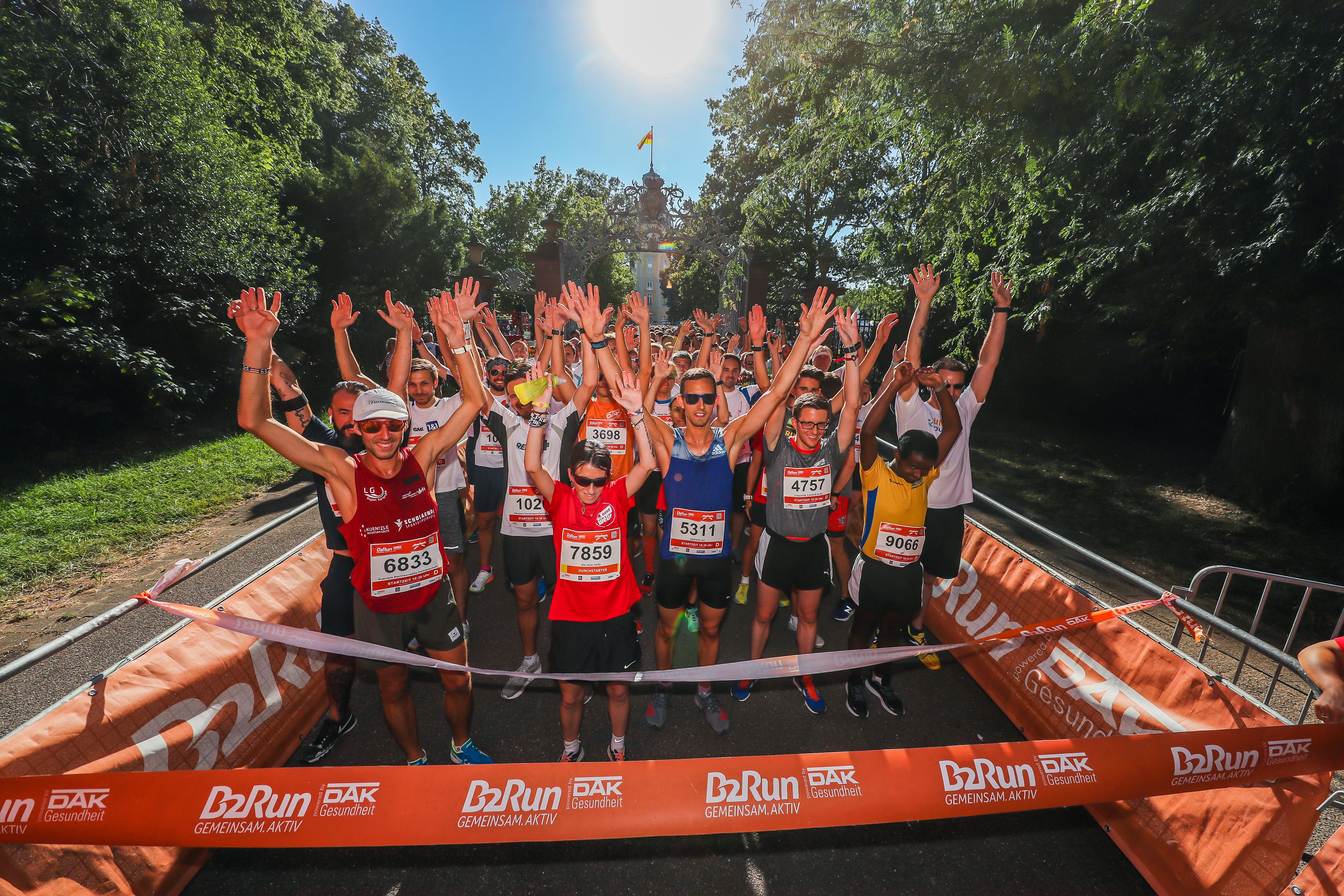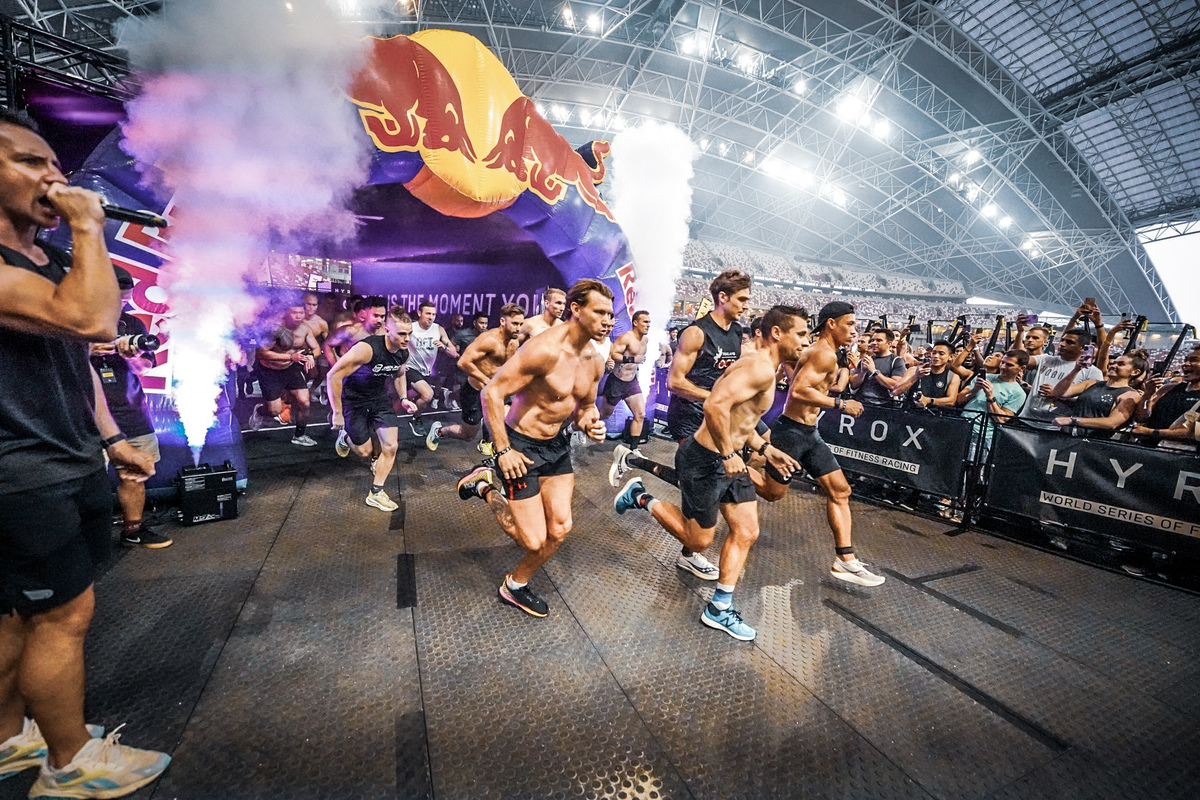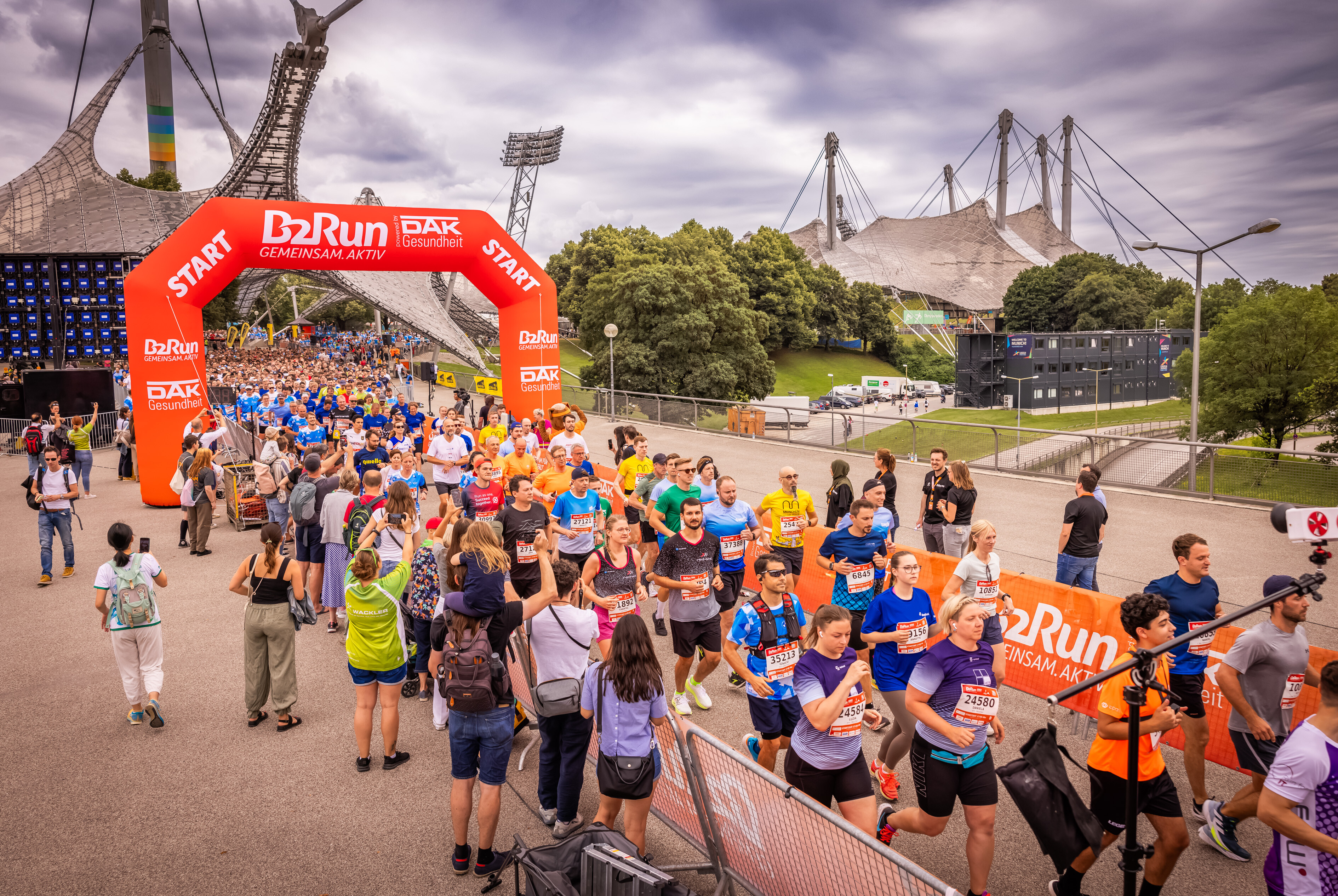Fitness marketing: Why brands must join the fitness tribe, not just the race
/Images-Logos/02062025_Blog_Next%20Play%20active%20lifestyle.jpg)
Fit for purpose: how the B2B fitness industry will emerge stronger
HYROX: The meteoric rise of a global fitness racing phenomenon
The commercial world of mass participation and fitness sports
B2Run: How Europe’s biggest running series meets the ”growing importance of health and fitness within companies”
How to maximise brand visibility through event design: Insights from the FIS Nordic World Ski Championships Trondheim 2025
And why “health is wealth” is more than a slogan — it’s a strategy
“Health is wealth” is now one of the most powerful drivers of consumer behaviour and – as a direct result – brand loyalty. For brands looking to connect with the modern consumer, sponsorship in fitness is now about showing up where people move, sweat, share and belong.
A modern sponsorship strategy in fitness marketing means going beyond product placement. The brands winning in this space are embedding themselves inside communities. They're in the training plan, the group chat, the recovery fuelling as well as the race day experience.
If that sounds like more work than slapping your logo on a finisher banner, that’s because it is. But it’s also where the returns live.
The cultural shift in fitness marketing: From “all the gear” to real identity
The way people approach fitness has changed fundamentally. It’s revolved around a lifestyle more than ever. A tribe. A narrative. CrossFit, HYROX, Ironman, Ultra Trail Mont Blanc (UTMB). These are brands in themselves, moving beyond their space as events to become platforms for experiential marketing in fitness.
Fitness is now social, digital and deeply emotional. It’s a way to signal values, find connection, and cope with life. This shift in fitness brand promotion reflects deeper consumer values. The Next Play report calls it “community, purpose and identity” — three things traditional sports sponsorships often fail to touch.
Runners aren’t just running anymore. They’re posting their splits on Instagram, engaging in Strava clubs, organising weekend meetups and turning workouts into social currency. Strava alone reported a 55% increase in club memberships in 2023, showing that solo training is giving way to shared experience. A hangover of the COVID-19 pandemic? Maybe. Either way, people are training together more.
It’s not just running. The hybrid training movement — combining strength, endurance and function — is exploding, especially in boutique studios and online spaces.
Fitness is the new third space. Not home. Not work. But the place people choose to be.
The tech transformation: AI, wearables and the rise of hybrid fitness
This culture shift is powered and personalised by tech.
The Next Play report highlights a wave of digital transformation in the fitness space. Apps, wearables and AI-driven platforms are redefining how people train and recover. It’s helping people train smarter and stick with it.
Apps like Freeletics and MyFitnessPal are reporting 40% increases in engagement thanks to adaptive, AI-powered features like meal scanners and custom workout plans (Statista, 2023). This lends a great opportunity for wearable tech marketing.
80% of fitness professionals believe AI will significantly improve training efficiency, according to the Australian Institute of Fitness.
At the same time, wearables from Garmin, Suunto and others are offering increasingly sophisticated insights, turning every workout into a stream of usable data. Users can now see their VO2 max trend alongside their recovery score. The influx of information means consumers expect brands to speak their language, with community-driven fitness campaigns rather than traditional ads.
It is one of the areas where tech is enhancing human connection. The best tools don’t just tell you how to train. They tell you when your friends are training, and help you join in.
Brands engaging in effective fitness marketing: the case of PUMA x HYROX
No brand embodies this shift better than HYROX — the global hybrid fitness competition that’s gone from niche to mainstream in just a few years.
HYROX may have begun life as an event format, but the expansion into a 365-day ecosystem – training clubs, content hubs, branded equipment – has led to a deeply connected community being established.
PUMA stepped in and co-developed event-specific shoes and apparel — gear designed not just for show, but for function. A true masterclass in fitness sponsorship activations.
Likewise, Myprotein created supplements tailored to hybrid athletes and embedded into training regimens.
And Centr, the fitness brand founded by Chris Hemsworth, developed competition-grade equipment used in official races and home workouts alike, which exemplifies smart fitness brand ecosystems.
All of these are fitness content marketing activations inside the athlete experience. When your brand becomes part of how someone trains, recovers and connects with their community, you’re earning trust.
How brands can embed in a fitness tribe
The lesson here is that if brands are showing up on event day, they’re too late.
The Next Play report puts it bluntly: “Fitness is now more than gyms and gear. It’s about community, purpose and identity.”
To win in this space, brands need to think less like sponsors and more like ecosystem builders. What do people need on their journey and how can you be part of it?
This could mean:
- Co-developing tools or challenges with your community
- Supporting local run clubs or functional fitness meetups
- Creating digital assets (e.g. AI-led warmups, training plans) that plug into people’s real routines
- Partnering with events that go beyond the single-day moment and offer year-round value
Find your tribe. Or create one
The good news is that no brand owns one space. Finding a way into the area where trust, tech and community overlap is crucial for those looking to stand out at an increasingly crowded table.
The brands that win won’t be the loudest, but the ones that feel like they belong in the room (or gym. Or track. Or studio).
So don’t just target fitness consumers. Train with them.
Find your tribe or help create one.





.jpg)

/Images-Logos/09072025_Blog_Nordic%20brand%20implementation.jpg)